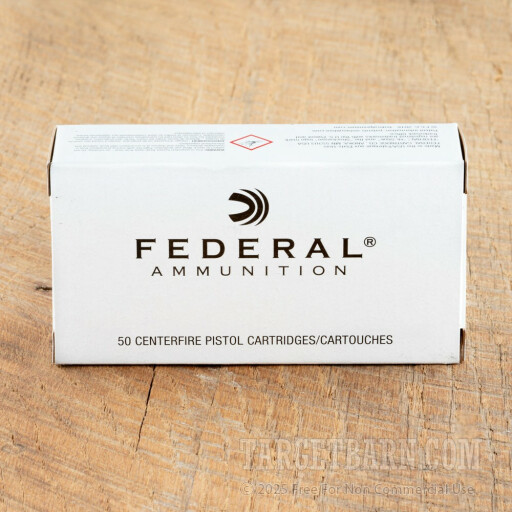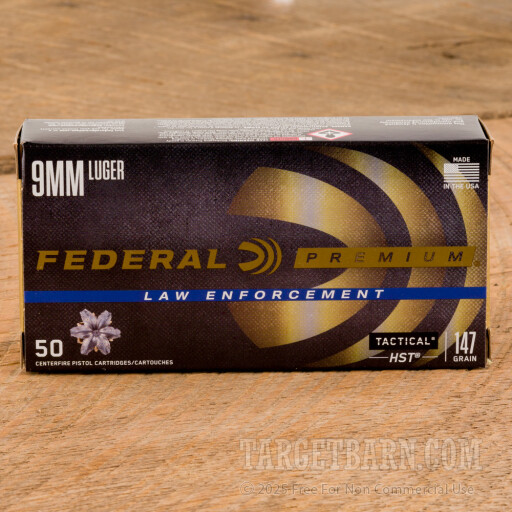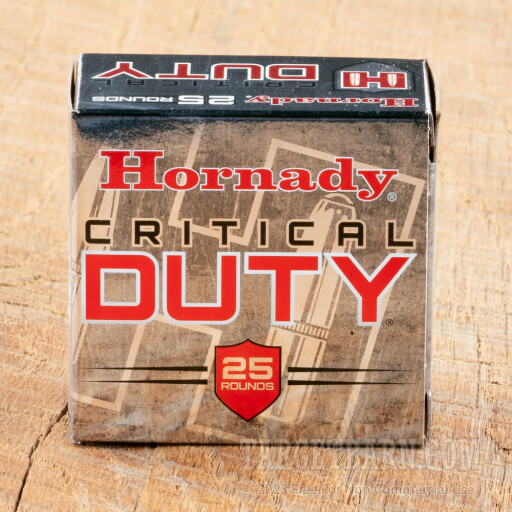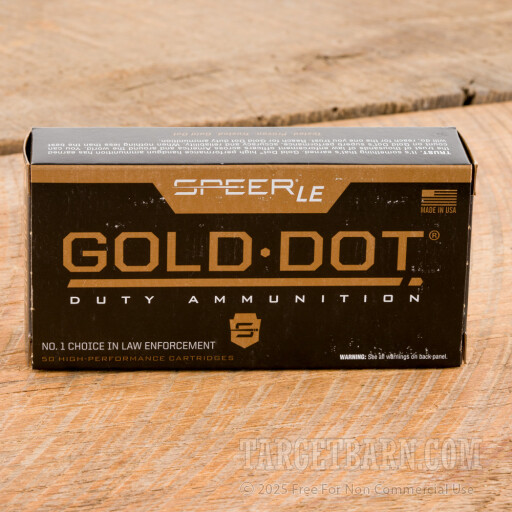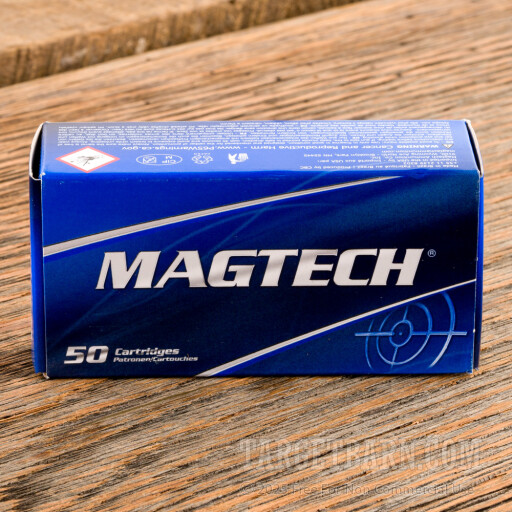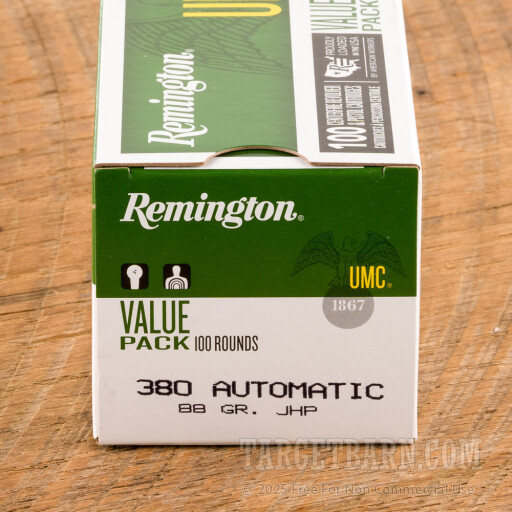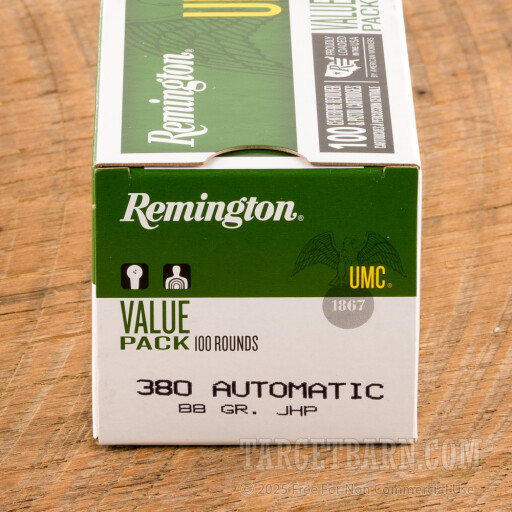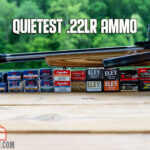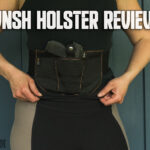When choosing a gun for self defense, many shooters find themselves comparing the .380 vs. 9mm. Many of the popular handguns on the market come in both calibers, so it’s not a surprise that these two rounds get compared.
Today we’re seeing how the .380 vs. 9mm cartridges stack up for self defense.
.380 vs. 9mm Quick Facts
- The 9mm cartridge is taller than the .380, but their bullet diameters are essentially the same
- 9mm is more powerful than the .380 ACP
- .380 pistols are typically smaller and lighter than 9mm pistols, making them easier to conceal
- 9mm ammo is generally cheaper than .380 ACP ammo
- Common .380 bullet weights range from 88 to 99 grains, typically traveling at a velocity between 800 and 1,100 feet per second
- Common bullet weights for 9mm range from 115 to 147 grains, typically traveling at 900 to 1300 feet per second velocities
.380 vs. 9mm Comparison Chart
| .380 ACP | 9mm | |
|---|---|---|
| Designer | John Browning | Georg Luger |
| Designed | 1908 | 1901 |
| Place of Origin | United States | German Empire |
| Case Type | Rimless, straight | Rimless, tapered |
| Bullet Diameter | .355” | .355” |
| Neck Diameter | .373” | .380” |
| Base Diameter | .374” | .391” |
| Rim Diameter | .374” | .392” |
| Rim Thickness | .045” | .050” |
| Case Length | .680” | .754” |
| Overall Length | .984” | 1.169” |
| Maximum Pressure | 21,500 psi | 35,000 psi |
.380 vs. 9mm Size
The 9mm cartridge is larger than the .380 ACP cartridge. The overall length of a 9mm round is 1.169” while the .380 ACP has an overall length of .984”. The case length of the 9mm is .754”, compared to the .380’s .680”. Because of the longer case, the 9mm has a larger case capacity, allowing for a larger case capacity to hold gunpowder and resulting in higher pressures.
When it comes to the bullet size of the .380 vs. 9mm, their diameters are pretty close. You’ll find bullet diameters for both cartridges in .355” and .356” depending on what the bullet is made out of.
.380 vs. 9mm Recoil
Recoil is an important factor to consider when choosing a gun for concealed carry. A gun with too harsh of recoil will be difficult to shoot accurately, especially with follow-up shots.
There are many variables that determine recoil, including gun weight, barrel length, the cartridge’s specific loading, and the shooter’s strength and skill.
With comparable gun sizes, .380 ACP ammo tends to have a lighter recoil than 9mm ammo. That’s because of the .380’s lighter bullets and lower powder charge. However, the recoil of the 9mm is still very manageable and shooters across a wide range of skill levels.
That being said, both the .380 ACP and 9mm will have some amount of recoil, and new shooters especially will need to train to learn how to best mitigate it.
.380 vs. 9mm Ballistics
Both the .380 vs. 9mm are popular self defense cartridges, though the 9mm tends to perform better.
One way to see how a round will perform is to test it in ballistic gel. We decided to test out a few different popular self defense rounds from each caliber in ballistic gel to see if it’s true that the 9mm will show better performance.
For our test, we shoot rounds from a 10-foot distance at two blocks of Clear Ballistic’s 10% synthetic ballistic gel with a 4-layer fabric covering, in line with the FBI’s protocols.
The FBI calls for a penetration depth between 12- and 18-inches. This correlates with rounds that adequately penetrate soft tissue and reach vital organs, but don’t over-penetrate.
Next, we look at bullet expansion by digging the fired bullet out of the ballistic gel. Bullet expansion is important because an expanded bullet will create a larger wound channel as well as prevent over-penetration. Although there is no standard for expansion, experts generally look for an expanded diameter of 150% of the bullet’s original diameter. For both the .380 ACP and 9mm, we will look for an expanded bullet of about .533 inches.
We’ve also recorded muzzle velocity to get an idea of how fast the round is traveling as it leaves the barrel. Measuring velocity can help us determine the bullet’s muzzle energy, or its destructive potential as it leaves the barrel, measured in ft/lbs.
Keep in mind, these gel tests give us an idea of how the rounds might perform in a real-world situation. However, they should not be the only factor in choosing a round for self defense.
.380 vs. 9mm in Ballistic Gel
| Cartridge | 5-Shot Average Muzzle Velocity (FPS) | Average Penetration (inches) | Average Expansion (inches) | Average Muzzle Energy (ft/lbs) |
|---|---|---|---|---|
| .380 ACP Speer Gold Dot 90gr. GDHP | 1038 | 9.875” | .5045” | 215 |
| .380 ACP Federal HST 99gr. | 892 | 12.25” | .59075” | 175 |
| 9mm Federal LE HST 124gr. | 1152 | 17.75” | .59825” | 365 |
| 9mm Hornady Critical Defense 115gr. FTX | 1115 | 14.5” | .53975” | 318 |
The chart above shows the results of our tests, but keep reading to see the break down of the rounds.
.380 ACP Ballistics
The two .380 ACP rounds we tested in ballistic gel are the Speer Gold Dot 90gr. GDHP and the Federal Personal Defense 99gr. HST JHP. We fired the rounds out of a Smith & Wesson M&P Shield EZ in .380 ACP with a 3.68″ barrel.
Neither of the Speer Gold Dot rounds fired reached the minimum 12-inch penetration depth. They also didn’t expand to the .533 inches that we look for.
The Federal Personal Defense HST barely met the minimum 12-inch penetration, averaging a penetration depth of 12.25″. However, it showed great expansion, easily expanding over 1.5 times its original size.
While in this small test the Speer Gold Dot and Federal Personal Defense didn’t bode well, there are other .380 ACP defensive rounds that perform well. For example, the Hornady Critical Defense 90gr. FTX has a good track record in ballistic testing.
9mm Ballistics
The two 9mm rounds we tested were the Federal LE 124gr. HST HP and the Hornady Critical Defense 115gr. FTX. We fired the rounds out of a Sig Sauer P365XL with a 3.7″ barrel length.
Both rounds performed well in the ballistic gel, penetrating between the 12- and 18-inches. While the average expansion of both rounds was adequate, one of the Hornady Critical Defense rounds did not expand to the minimum .533 inches that we look for.
Luckily, there are plenty of 9mm self defense rounds to choose from, with many performing well in ballistic testing.
.380 vs. 9mm Price
If you’re deciding between a .380 vs. 9mm, the cost of ammo may be a factor in your decision.
In general, 9mm ammo is cheaper than .380 ACP ammo. The cost of a case (1,000 rounds) of .380 ACP can cost over $100 more than a case of comparable 9mm rounds.
.380 vs. 9mm for Self Defense
When comparing the .380 vs. 9mm for self defense, we need to look at the entire picture of each of the rounds.
The 9mm will have more gun options, more ammo options, generally cheaper ammo, and excellent ballistic performance. While it does have more recoil than the .380 ACP, it is still a very manageable recoil with some practice.
The .380 ACP is popular because of its lighter recoil and because of the smaller gun options available. While it is less powerful than the 9mm, it is still a reasonable choice for self defense when using quality self defense ammo.
Whether you choose .380 ACP or 9mm, you’ll want to ensure you’re using a quality pistol and quality ammo that work well together. Both rounds will perform well with the right setup and with good shot placement.


